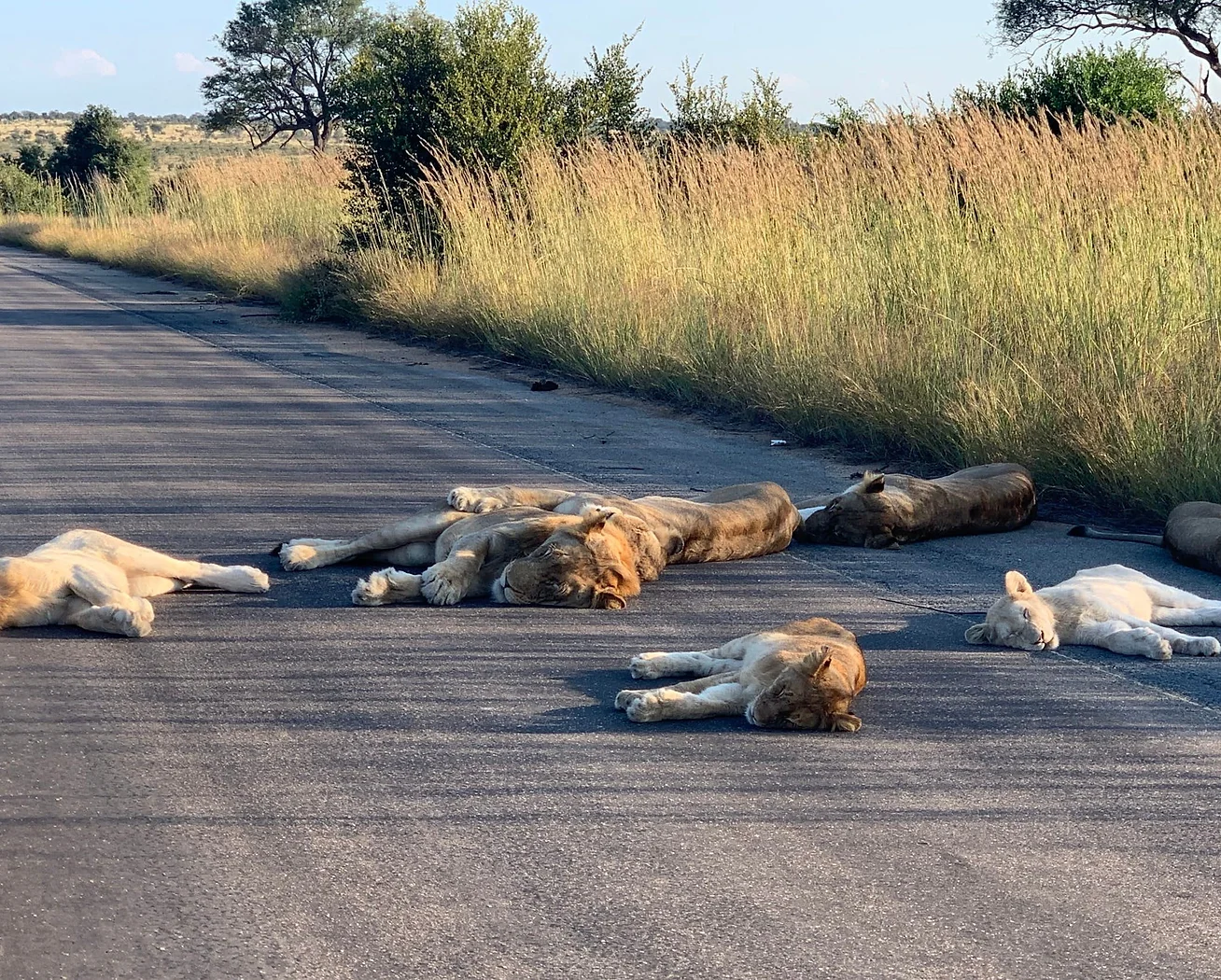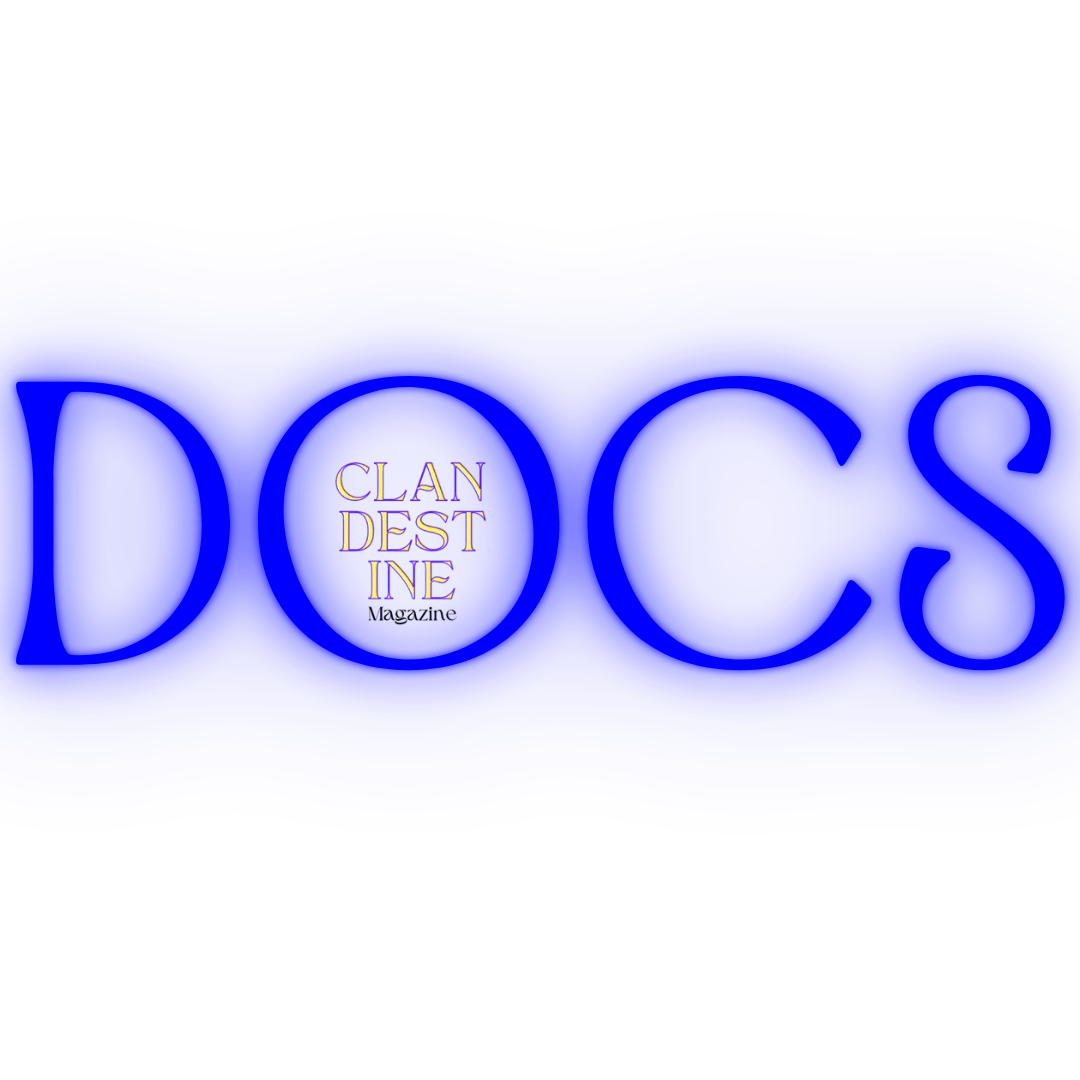There are only around 22,000 lions left in Africa, compared to about 100,000 in 1965. Kruger National Park has some of the best access to wild animals in all of Africa and is possibly the most famous game reserve in the continent. South African National Parks – Sanparks – has acknowledged that poachers have poisoned lions in the northern area of the park. The motivation for this is a desire for their body parts. They will presumably see use in Muti, a traditional medicine practice in Southern Africa.
The numbers affected are not massive, but after thousands of rhinoceros killings that reduced their numbers by 75% from 2011 to 2021, the targeting of another of the park’s charismatic species will cause alarm for conservationists. Rhinoceros horns are much-sought. Kris Everatt of the global wildcat conservation group Panthera commented, “It is often the same people and often on the same trip” who kill both kinds of animal.
Traditional healers have used lion parts for centuries for purposes that include protection from evil spirits, healing and power. The rubbing of lion fat around people’s ankles is thought to protect them from evil spirits; acquiring it requires disembowelment of the animal. Lion teeth, claws and skin are also seen to have healing powers. Some people believe that animal-based concoctions can protect them from Covid- 19.

In an email to a news organisation, Sanparks stated that from January 2020 to the close of June 2023, eight lions were discovered poisoned in Kruger National Park’s Xanatseni northern region with certain body parts removed. There were reports to the police of all cases of poisoning, and Sanparks’ Environmental Crime Investigations Unit is looking into the matter. At the same time, another six lions died in snares; both methods take hours to kill a lion. The removal of 1,987 snares in the region took place from January to June 2023.
The park is 7,523 square miles in size: as large as Israel and difficult to patrol. It houses between 1,500 and 1,700 lions, so the number killed is small. However, evidence of demand by criminals is surely a shot across the Park’s bow. Lion bones are sought in Asia, to which there are well-established illegal trade routes for rhinoceros horn and much other illegal materials, such as gold. Sanparks declared that “considerable efforts” are underway to monitor lions in the park’s far north. It is co-operating closely with the Endangered Wildlife Trust to put tracking collars on surviving lions. Rangers patrol areas that are hotspots for snaring, removing any they come upon. Record is made of the type of snare – cable or wire – and their precise location and age.
Lions in the south of the park are faring so well that males and whole prides go elsewhere to seek alternative territories. This often puts them in places where they encounter people. Efforts are afoot to proactively remove lions from the southern region of the park. Sanparks recently accomplished this with three prides and two males, but 12 extant males disrupted the newcomers after around a year, leading to the deaths of several lions.
The people laying the snares will not have well-paid work, and some Kruger staff who receive regular salaries are also open to bribery. Julian Radermeyer is a researcher who wrote the report Landscapes of Fear for the EU-funded crime response organisation Enact. He bewailed that for over 10 years, Kruger National Park has confronted ‘a relentless onslaught of rhino poaching.’ Today, however, the largest threat is internal corruption due to a lack of staff cohesion, professionalism and trust within the park.

Poachers leave poison in the body of such an animal as a buck or donkey. Hyenas and vultures who happen upon the carcass will also die: in 2022, over 100 vultures, an endangered species, and a hyena died after feeding from a poisoned buffalo carcass in the park. The most commonly used poison is carbamate, a kind of pesticide used in farming. Most poachers are locals, but people can come from as far afield as Zimbabwe or Mozambique by donkey for this purpose. They might stay in the jungle for weeks, looking out for rangers before they commence their wrongdoing.
Lions sleep for as much as 18 hours a day. Males weigh as much as 225 kg (496 lb) and females up to 151 kg (331 lb). They probably live for about 15 years. As well as being the largest big cats, lions are also the most social, living in prides. Pride leadership often changes and can be by either males or females. Male lions come and go, often after spectacular battles for dominance, but females control the prides. Lions prefer open woodland or thick scrub that allows them to approach their prey without being observed. The best place to see them is where big game herds are found.
It is thought that lions feed every three or four days, eating an average of 5 to 7 kg (11 to 15 lb) of meat a day. They might hunt alone or in a pack. In the latter case, males will approach from upwind, driving the prey to the females. Lions are slower than most of their prey and so rely heavily on surprise. They attempt to get to within 30 m (100 feet) before they charge. They choose not to chase over long distances and do not pursue their prey very far if the first attack fails. Lions might scavenge rather than hunt, chasing smaller predators, such as cheetahs, from their kills; this could be as much as half their diet. It is not unknown for their intended prey to kill lions. This includes buffaloes, giraffes, kudu, snakes and porcupines.
Protecting the Kruger’s wildlife is far from a walk in the park. The lions, however, are able to fight back. In 2018, a suspected lion poacher was eaten by lions near the park. They left little behind: just the head and “some remains.” A loaded rifle and ammunition were found beside the body. He was probably attacked while poaching. In 2019, an elephant trampled another poacher to death, whereupon lions ate him, with only a skull and a pair of trousers recovered. The park’s managing executive cautioned, “Entering Kruger National Park illegally and on foot is not wise” because “it holds many dangers.”





















